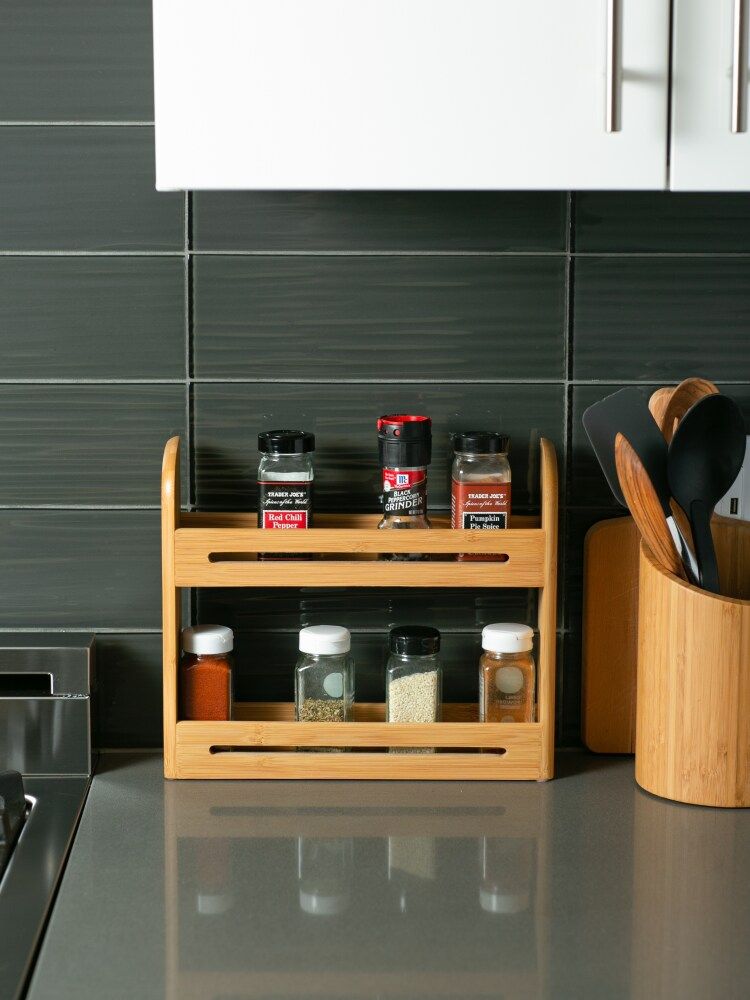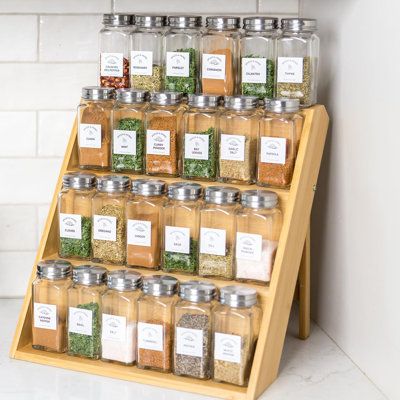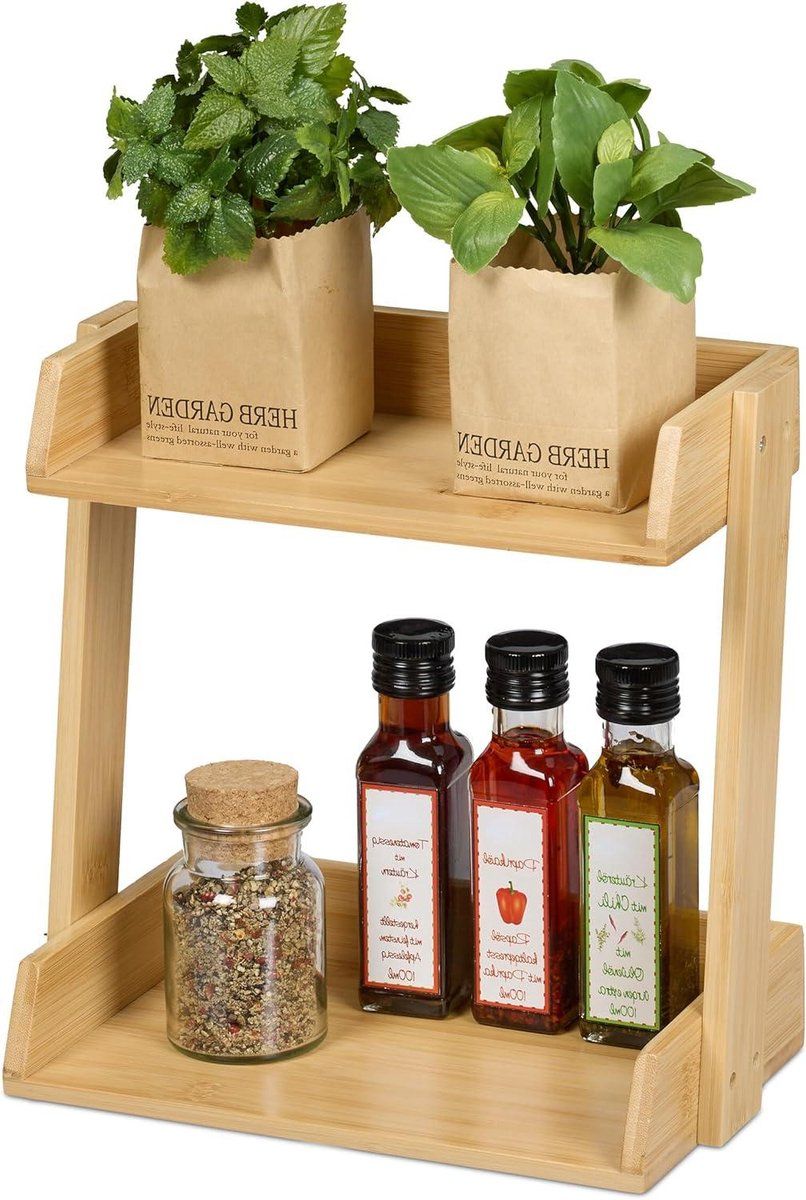As the demand for sustainable products rises, bamboo has emerged as a popular material due to its renewable nature and versatility. However, the environmental benefits of bamboo can be undermined if it is packaged using non-eco-friendly materials. To fully embrace sustainability, it is crucial to pair bamboo products with eco-friendly packaging solutions that minimize environmental impact.
The Importance of Sustainable Packaging
Packaging plays a critical role in the lifecycle of a product, influencing not only the environmental footprint but also consumer perception. Traditional packaging materials, such as plastics, often end up in landfills or oceans, contributing to pollution and environmental degradation. For bamboo products, which are inherently sustainable, using non-recyclable or non-biodegradable packaging can contradict the eco-friendly message the products convey.
To ensure that bamboo products maintain their environmental integrity, companies are increasingly adopting sustainable packaging solutions. These solutions not only reduce waste but also align with the growing consumer preference for eco-conscious products.
Innovative Eco-Friendly Packaging Materials
- Biodegradable Packaging:
One of the most effective ways to reduce the environmental impact of packaging is by using biodegradable materials. These materials break down naturally over time, leaving no harmful residues. For bamboo products, packaging made from plant-based fibers, such as cornstarch, sugarcane, or even bamboo pulp, is an excellent option. These materials are compostable and decompose quickly, minimizing waste. - Recyclable Packaging:
Recyclable materials are another sustainable option. Cardboard, paper, and certain types of plastics can be recycled multiple times, reducing the need for virgin materials. Using recycled cardboard or paper packaging for bamboo products not only supports recycling efforts but also adds an extra layer of environmental responsibility. - Minimalist Packaging:
Minimalist packaging focuses on using the least amount of material necessary, reducing waste at the source. This approach can be particularly effective for bamboo products, where the natural beauty of the product can be showcased without excessive packaging. For instance, using simple paper wraps or reusable cloth bags can protect the product while keeping the packaging minimal and eco-friendly.
Case Studies in Sustainable Packaging
Several companies have successfully implemented eco-friendly packaging solutions for their bamboo products:
- Pela Case: Known for its biodegradable phone cases, Pela Case uses compostable packaging made from recycled paper and plant-based inks. This approach complements its bamboo-based products, ensuring that every aspect of the product lifecycle is sustainable.
- Brush with Bamboo: This company, which produces bamboo toothbrushes, uses packaging made from compostable materials. The minimalist design and use of recycled cardboard reflect the brand’s commitment to environmental sustainability.
- Eco-friendly Bamboo Straws: Companies producing bamboo straws often use simple, recyclable paper packaging or reusable pouches, aligning with the product’s eco-friendly nature.
Eco-friendly packaging is essential for maintaining the sustainability of bamboo products. By choosing biodegradable, recyclable, or minimalist packaging solutions, companies can ensure that their bamboo products remain environmentally responsible throughout their lifecycle. As consumer demand for sustainable products continues to grow, adopting these packaging strategies not only helps protect the planet but also enhances brand reputation and consumer trust.
In conclusion, eco-friendly packaging is not just a trend but a necessity for businesses looking to make a positive impact on the environment while meeting the expectations of conscious consumers.
Post time: Aug-19-2024








